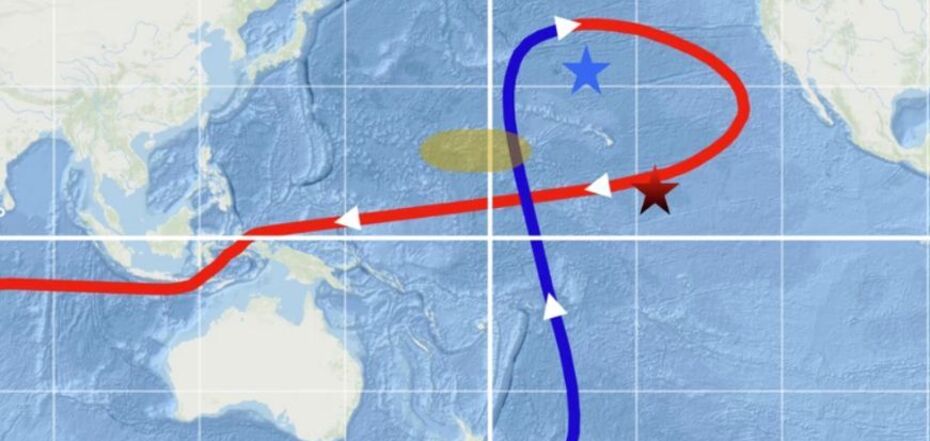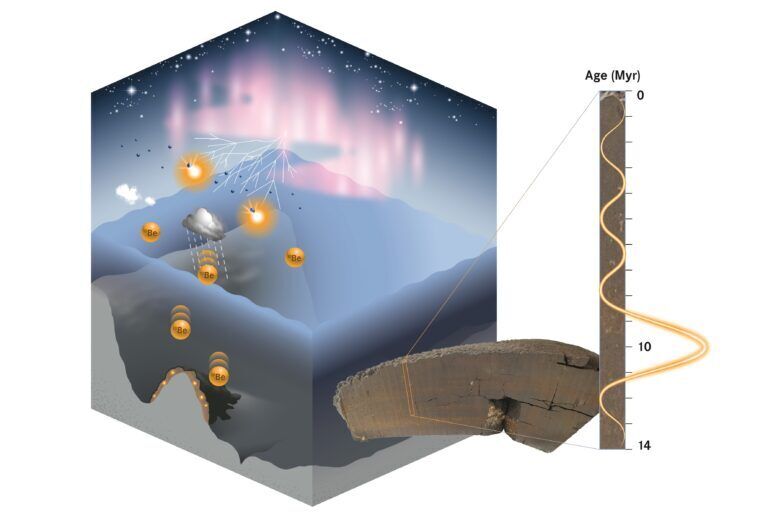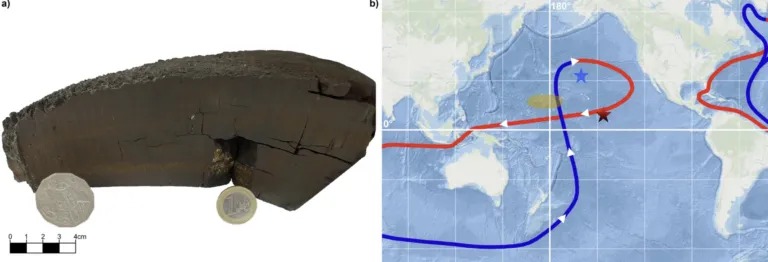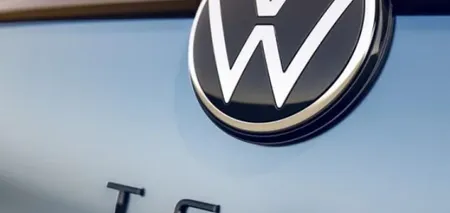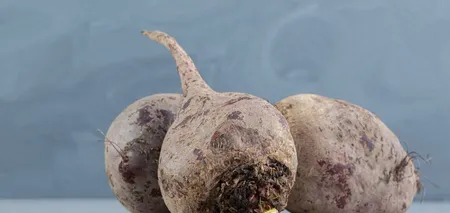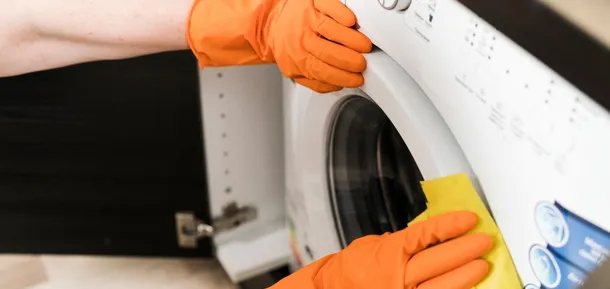News
Mysterious radioactive anomaly found at the bottom of the Pacific Ocean
Scientists from Germany have found a strange radioactive outbreak at the bottom of the Pacific Ocean. The anomaly was recorded by analyzing several thin layers of the seabed crust.
The researchers found a sudden surge of the radioactive isotope beryllium-10, which is approximately 9-12 million years old. It is not known where the sudden surge came from, but researchers already have several versions, ScienceAlert writes.
The beryllium-10 outbreak was detected on the seabed of the Central and North Pacific Ocean. But the authors of the study, led by physicist Dominik Koll of the Helmholtz-Zentrum Dresden-Rossendorf research institute, say the anomaly could be present throughout the Pacific Ocean, perhaps even worldwide.
Beryllium-10 is a radioactive isotope that is continuously produced by cosmic rays that interact with Earth's atmosphere, physicists say. When rain falls from the atmosphere and settles in the ocean, the isotope becomes part of the extremely slow growth of some deep metal-rich crusts.
There may have been a "grand reorganization" of ocean currents more than 9 million years ago that meant beryllium-10 was deposited more in the Pacific, Call and his colleagues suggest.
Or maybe it was a global phenomenon. The authors also speculate that cosmic rays from a near-Earth supernova or our solar system passing through a cold interstellar cloud could lead to increased cosmic ray activity, resulting in a surge in beryllium-10 deposits in the ocean.
Interestingly, ferromanganese crusts that contain beryllium-10 exist in every ocean on Earth, and they can capture millions of years of ocean chemistry in just a few millimeters, scientists say.
According to physicists, these thin ancient crusts are a nearly continuous geologic timeline of the last 75 million years or so of our planet's existence, but they are also very difficult to pinpoint.
Carbon dating only goes back about 50,000 years, and measurements based on the decay of uranium isotopes are also not useful indicators, experts say. So it is beryllium-10 that holds the key to unlocking at least 10 million years of this crispy capsule.
Scientists note that the half-life of beryllium-10 is about 1.4 million years, meaning that it is typically used to date up to 20 millimeters of ferromanganese crust.
However, what Dominic Call and his team found in the Pacific Ocean was a surprise. "After about 10 million years, we found almost twice as much beryllium-10 as we expected. We came across a previously unknown anomaly," the scientist explained.
According to the researchers, a single 50-millimeter piece of ferromanganese crust found can be dated back more than 18 million years.
"The origin of this anomaly is still unknown," the study authors write, but since the activity of our own Sun was probably not sufficient to create such a long-lasting beryllium burst, the team suspects that Earth's shielding from interstellar cosmic rays may have changed about 10 million years ago.
Either that, or a very close supernova star threw more radioactive material than usual at our planet, the scientists suggest.
"Only new measurements can indicate whether the beryllium anomaly was caused by changes in ocean currents or has astrophysical causes. That's why we plan to analyze more samples in the future and hope that other research groups will do the same," Dominic Call summed up.
Earlier, OBOZ.UA wrote that physicists had discovered a "ghost particle" with the highest energy ever observed on Earth.
Only verified information is available on the OBOZ.UA Telegram channel and Viber. Do not fall for fakes!


